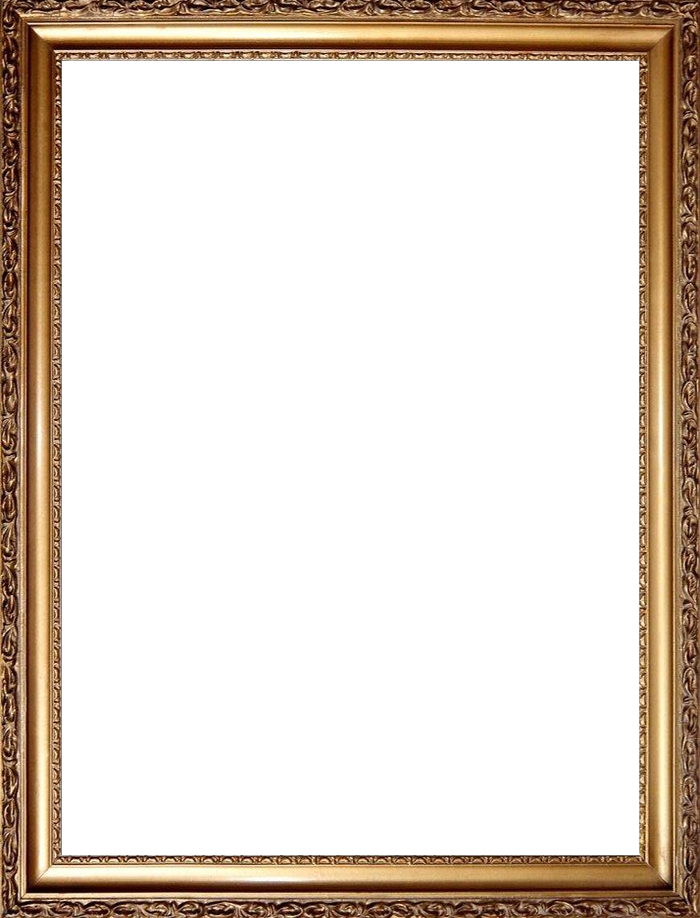When was the last time an aspect of your culture became cool? A dance, a hairstyle, traditional clothing, or any other aspect is not safe from possibly being appropriated for the dominant culture's enjoyment.
That one thing you were raised doing and enjoying could possibly be taken and commercialized to the point where you don't recognize it anymore. From "Hip-Hop Abs" to Kylie Jenner's "Bold Braids," we are watching cultures become commodities before our eyes.
Before Hip-Hop was "cool" its community was shunned. It was not respected as an art form until it first became accepted by the white masses. Then we saw cartoony, watered-down versions of this art form. Vanilla Ice and Macklemore are just two names who embody this idea.
When the white masses find something they enjoy in another culture, they don't appreciate it, they appropriate it. This means that instead of giving the culture the respect it deserves they extract one piece from it, make it their own and throw the rest of the culture away.
Give a picky kid a plate full of different foods and watch them eat what they enjoy and treat what they don't like with disgust. Maybe you try to explain that green peas are nutritious and essential to the rest of the meal, but no matter how much explanation you give, the kid will treat the peas with the same disgust. This is the same basic idea behind cultural appropriation.
Twerking is taken because it is entertaining and edgy to watch Miley Cyrus "twerk" around on stage. Dreads are taken because it is a new look for Kylie Jenner to try on the red carpet. Bindis are taken to enhance Selena Gomez and Iggy Azalea's music videos. The problem is not that they are using these parts of different cultures but it is the only part of the culture they enjoy. The use of these cultural pieces does not mean the white masses like those particular cultures.
Think about it, when Bindis fall "out of style" they are still a part of a culture. Dreads are not just a fad for a group of people but instead an important aspect of their culture. The problem with cultural appropriation is that parts of many cultures are being used as the "hot new thing" to sell in commercials and on the cover of magazines.
Why is it that when a white woman twerk it is acceptable but African-American women are looked down upon to say the least when doing the same thing, if not doing it better? Why do dreads apparently look better on white people when they have been apart of black culture for an insurmountable time?
What do you think about cultural appropriation? Has something from your culture been taken and sold to the masses while the rest of your culture is "thrown away?" Leave a comment below and discuss your thoughts about the idea.



